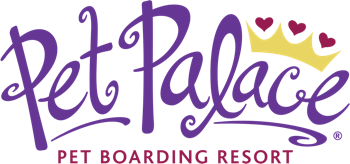The History of the South Side Flats Neighborhood in Pittsburgh
Posted by Lora Shaw on February 21, 2024
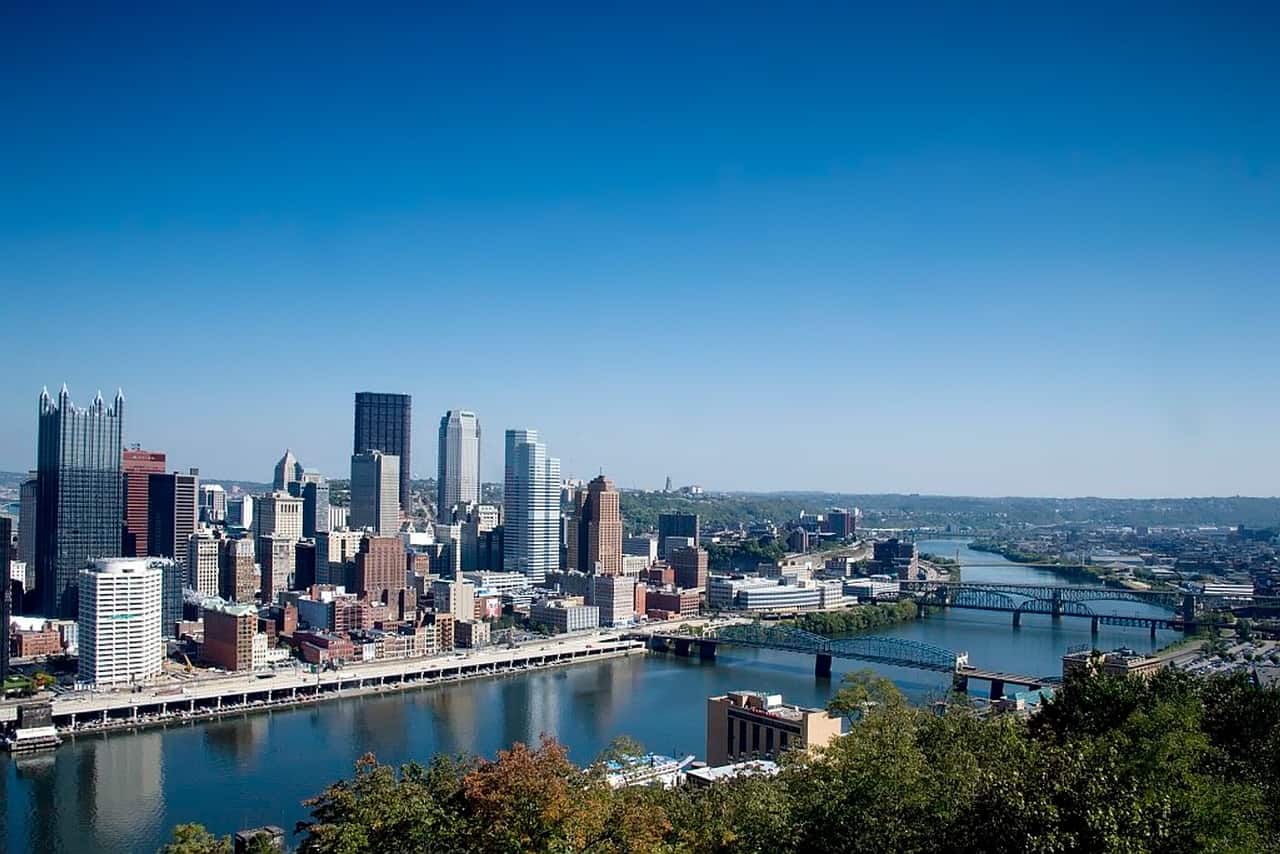
Located just south of the heart of downtown and alongside the Monongahela River, the South Side Flats is a neighborhood with a rich culture and history. Best known as Pittsburgh’s “Georgetown,” this area has transformed throughout the years through increased diversity and expanded entertainment options, all while maintaining its historic character.
For more information about what makes the South Side Flats neighborhood a staple in the Pittsburgh community, check out our informational guide today!
A Brief History of the South Side Flats
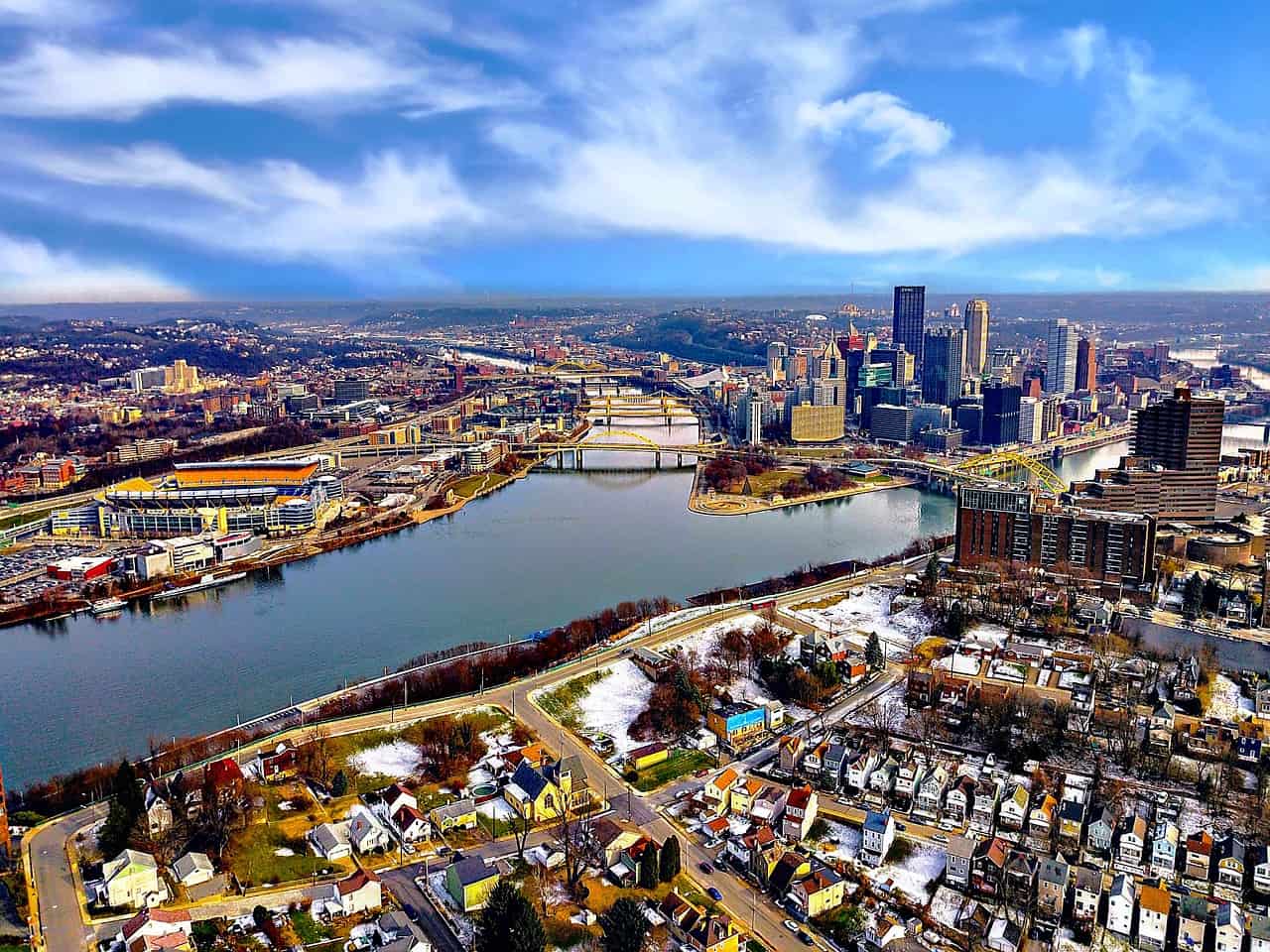
Originally established in the mid-1800s, the South Side Flats area has since flourished to become a neighborhood dominated by restaurants, bars, and entertainment venues. But the neighborhood itself wouldn’t be where it is today without the decades of continuous growth and expansion it has benefitted from, which our team has highlighted below.
Just some of the notable milestones in the neighborhood’s extensive history include the following:
- 1763 – Much of Pittsburgh’s south side and its surrounding hillsides were granted to Major John Ormsby in 1763. With the land he was given, he built a lavish estate, which included a ferry to better facilitate travel between his home and downtown Pittsburgh. This project was conducted and completed in the 1770s.
- 1811 – After the estate was established, Dr. Nathaniel Bedford, Ormsby’s son-in-law, began to plan out the South Side Flats, originally naming it Birmingham after his native city. During this phase, Ormsby also named various streets after his children, Mary, Jane, Sarah, and Sidney. These street names are still being used in the neighborhood today.
- 1873 – The South Side Flats quickly grew into an industrial center due to its efficient rail and river transportation hubs. But it wasn’t until the depression of 1873 that Pittsburgh’s iron and steel industrialist, Benjamin Franklin Jones, partnered with banker James H. Laughlin to form the Jones and Laughlin Steel Company. The firm soon became the largest employer of the South Side Flats with over 15,000 employees by 1910.
- 1920s-1930s – The ‘20s and ‘30s saw a significant influx of immigrants to the area. Mainly comprised of German, Irish, Welsh, and English individuals, these immigrants inspired the 19th-century architecture that we see throughout the neighborhood today. This is especially true of the buildings that incorporate elements of traditional German heritage.
- 1980s – The decline of the steel industry resulted in significant layoffs at the Jones and Laughlin plant, as well as the closing of the Levinson Steel Company in 1981. Following a series of building fires that hit the area during this time, the South Side Flats began its official redevelopment phase. This included a partnership with the South Side Local Development Company, as well as continual work to preserve the historical monuments that make up this neighborhood.
- 1993 – After numerous conversations about what should be established on the old Jones and Laughlin plant site, which merged with the Ling-Temco-Vought Corporation in 1974 and, ultimately, closed completely in 1986, the Urban and Redevelopment Authority (URA) finally purchased the property for $9.3 million. The old plant was then repurposed into what is now the Southside Works complex.
The South Side Flats Today
As mentioned previously, the South Side Flats is now a lively neighborhood hotspot filled with local brewpubs, upscale wine bars, and diverse eateries. The area is also known to feature a variety of karaoke spots, dance clubs, and music venues, while still possessing both residential and commercial spaces that each retain their own 19th-century historic charm.
Notable Attractions in the Neighborhood
Throughout the neighborhood’s history, numerous businesses and organizations have been established that have become essential to the area.
Are you in the South Side Flats and looking for a fun activity to do with friends or family? If so, the region is home to many unique restaurants, attractions, stores, and more, including the following:
- The Pretzel Shop
- Painting with a Twist
- Big Dog Coffee
- Pins Mechanical Co.
- ASCEND
- Jekyl & Hyde
- The Urban Tap
- And more!
Alongside notable attractions and eateries, the South Side Flats also has many outdoor activities and parks to enjoy with friends, family, or your furry friend, such as:
- Three Rivers Heritage Trail
- Venture Outdoors
- The Color Park
- Southside Riverfront Park and Trail
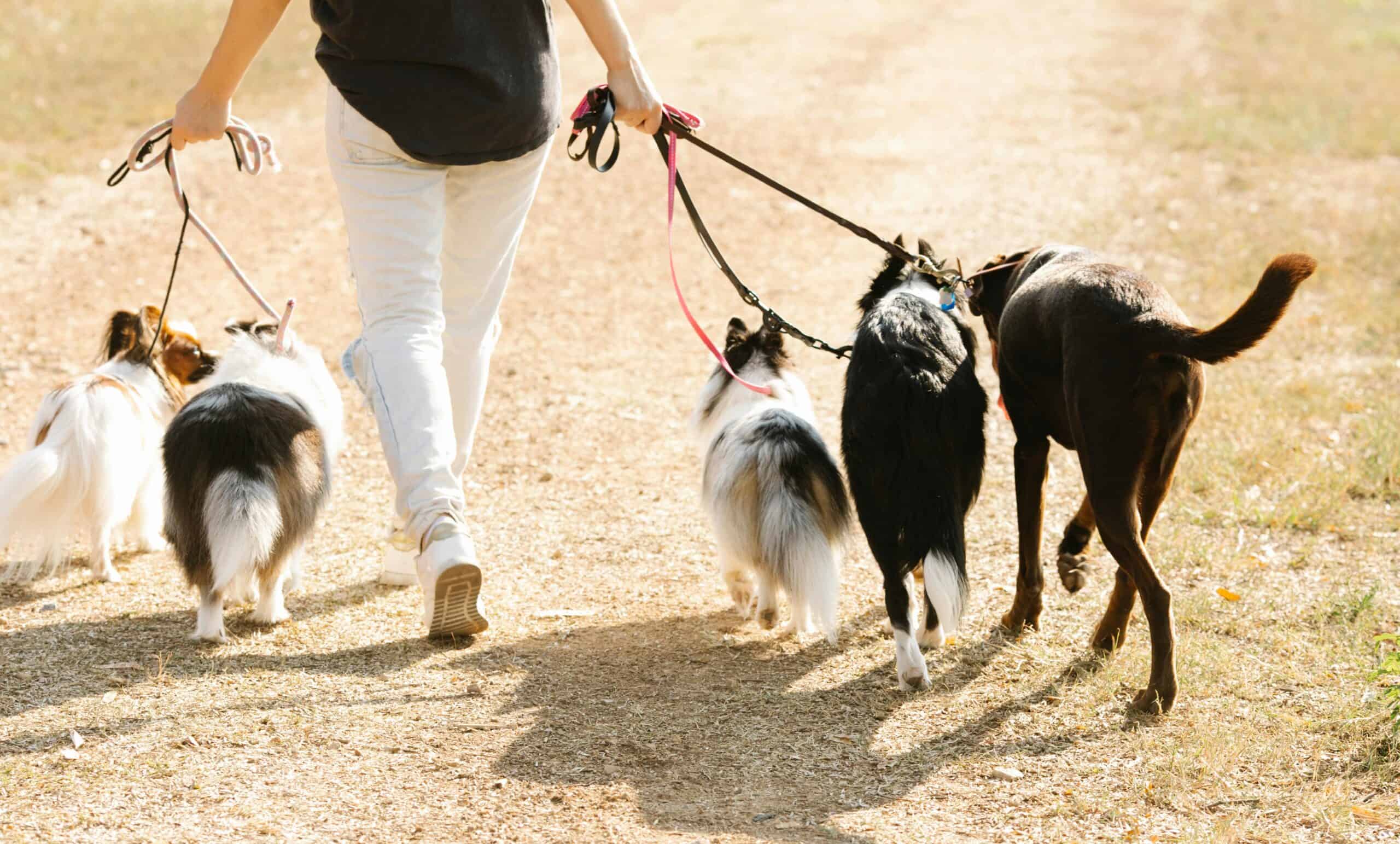
No matter if you’re just passing through the area or if you’re a longstanding resident of the South Side Flats neighborhood, know that there’s plenty for you to appreciate. For more information on the neighborhood in its entirety, check out the complete guide on what to see, eat, drink, and more in Pittsburgh’s South Side Flats.
Facts and Statistics: What You Need to Know About the South Side Flats
To accompany the history of the city itself, our team has compiled a list of significant facts and statistics that help showcase what makes this beautiful neighborhood what it is today. Notable points include:
- As of 2023, the total population of the South Side Flats is 10,207, with the median age of residents being 29.1 years old (Point2).
- Out of the current population, 92.2% of individuals are white-collar workers, while 8.7% of people are blue-collar workers (Point2).
- Being just south of the city of Pittsburgh, the South Side Flats neighborhood covers only 0.936 square miles (Kiddle Encyclopedia).
- The South Side Flats is home to one of the largest Victorian main streets and concentrations of 19th-century homes in the United States (Pittsburgh Beautiful).
- The East Carson Street Historic District, a main staple in the South Side Flats, was added to the United States National Register of Historic Places on November 17, 1983 (Kiddle Encyclopedia).
- The neighborhood today is known to host a variety of college students from nearby institutions, like Duquesne University, the University of Pittsburgh, and Carnegie Mellon University (Pittsburgh Beautiful).
- When the neighborhood was first established, it was remarkable for its glass production, as well as its iron and steel manufacturing (Kiddle Encyclopedia).
- The Southside Riverfront Park used to host Pittsburgh’s annual Dragon Boat Festival before they moved the event to North Lake Park (Pittsburgh Dragon Boat Festival).
- The Arcade Theatre first opened in the South Side Flats in 1929, and, at the time, it was the first theatre outside of downtown Pittsburgh to have sound and air conditioning (Kiddle Encyclopedia).
Looking for Pet Boarding in the South Side Flats? Contact Us!
At Pet Palace, we are dedicated to providing unmatched services in Pittsburgh and the surrounding area, such as Pittsburgh pet grooming, boarding, cat and doggy daycare, and more. So if you’re taking in the sights and need someone to care for your pet while you’re busy, we’re the solution!
For more information about how we can best assist your pet, please reach out to our team today.
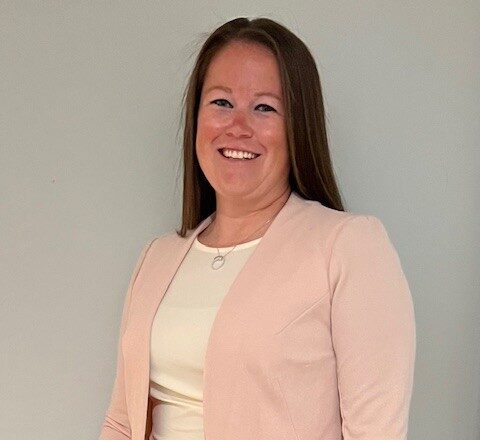
Categories: Cats, Community Involvement, Dog Daycare, Dogs, Pet Boarding, Pet Grooming, Tips for Your Pets
Archives
Recent Articles
Categories
Monthly Archive
- March 2025
- February 2025
- January 2025
- December 2024
- November 2024
- October 2024
- September 2024
- August 2024
- July 2024
- June 2024
- May 2024
- April 2024
- March 2024
- February 2024
- January 2024
- December 2023
- November 2023
- October 2023
- August 2023
- July 2023
- June 2023
- May 2023
- April 2023
- March 2023
- February 2023
- January 2023
- December 2022
- November 2022
- October 2022
- August 2022
- July 2022
- June 2022
- April 2022
- March 2022
- February 2022
- November 2021
- October 2021
- November 2020
- September 2020
- July 2020
- March 2020
- January 2020
- November 2019
- September 2019
- July 2019
- March 2019
- January 2019
- December 2018
- November 2018
- October 2018
- August 2018
- July 2018
- June 2018
- May 2018
- April 2018
- March 2018
- February 2018
- January 2018
- December 2017
- November 2017
- October 2017
- September 2017
- August 2017
- July 2017
- June 2017
- May 2017
- April 2017
- March 2017
- February 2017
- January 2017
- December 2016
- November 2016
- September 2016
- August 2016
- July 2016
- June 2016
- May 2016
- April 2016
- March 2016
- February 2016
- December 2015
- November 2015
- October 2015
- September 2015
- August 2015
- July 2015
- May 2015
- March 2015
- February 2015
- January 2015
- December 2014
- November 2014
- September 2014
- August 2014
- July 2014
- June 2014
- May 2014
- April 2014
- March 2014
- February 2014
- January 2014
- December 2013
- November 2013
- October 2013
- September 2013
- August 2013
- June 2013
- May 2013
- March 2013
